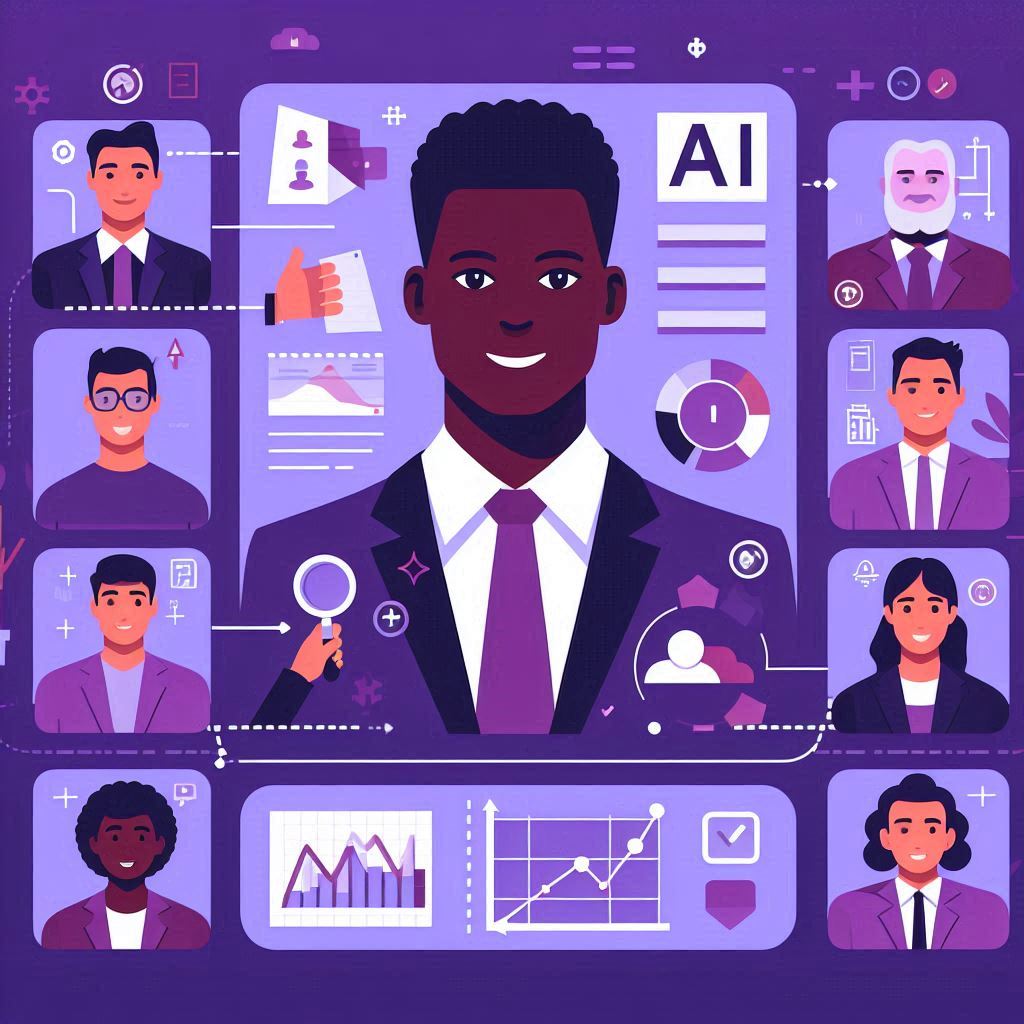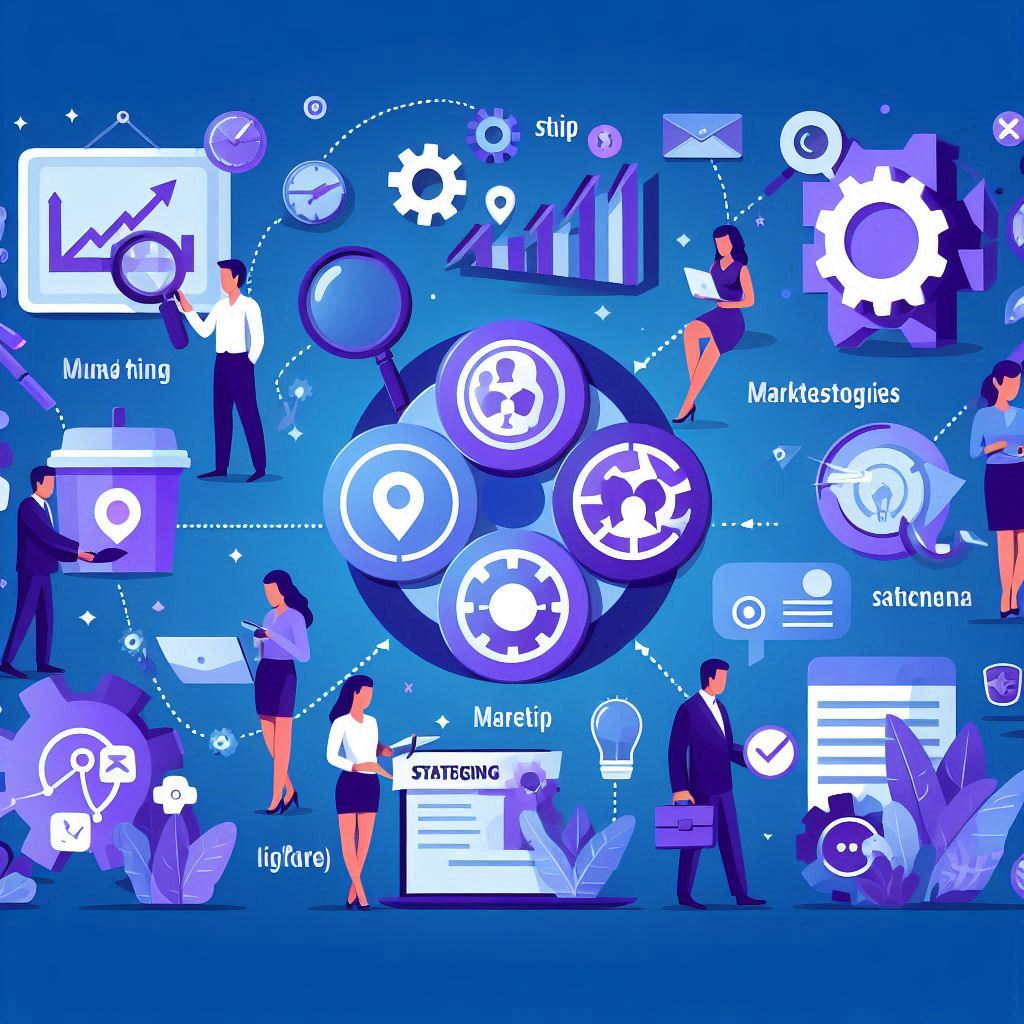10 Strategies to Revolutionize Your HR Management with AI
- Leverage AI in recruitment: Utilize AI-driven tools and platforms to streamline the recruitment process, from screening resumes to scheduling interviews. By doing so, you can save time and identify the best candidates more efficiently. AI tools can also reduce human bias in the hiring process, leading to a more diverse workforce (Gonzalez et al., 2020).
- Automate repetitive tasks: Employ AI and automation technologies to handle routine administrative tasks such as employee onboarding, tracking time off, and managing payroll. By automating these processes, HR managers can dedicate more time to strategic initiatives and higher-level responsibilities (Schlagwein et al., 2017).
- Enhance employee engagement: Implement AI-powered chatbots and surveys to gather real-time employee feedback, identify trends, and proactively address concerns. By leveraging AI in this manner, you can foster a more engaged and satisfied workforce (Angrave et al., 2016).
- Personalize learning and development: Use AI-based learning platforms to create personalized training programs tailored to individual employee needs, interests, and career goals. By doing so, you can promote growth, increase retention, and improve overall performance (Li et al., 2018).
- Monitor employee performance: Integrate AI-driven performance management tools to track employee progress, set and align goals, and provide continuous, data-driven feedback. This approach supports improvement and ensures that employees’ efforts are aligned with organizational objectives (Song et al., 2021).
- Improve workforce planning: Leverage AI-powered predictive analytics to forecast workforce trends, identify skill gaps, and make data-informed decisions on hiring, promotions, and succession planning (Levenson, 2018).
- Enhance internal communication: Employ AI-enhanced communication tools like Slack or Microsoft Teams to facilitate seamless collaboration, information sharing, and decision-making within your team and across the organization (Kim et al., 2019).
- Optimize diversity and inclusion efforts: Utilize AI-powered analytics tools to assess your organization’s diversity and inclusivity, identify biases, and develop targeted strategies to create a more equitable work environment (Aguinis & Joo, 2021).
- Streamline benefits administration: Implement AI-driven tools to automate and personalize employee benefits administration, ensuring employees have access to the right information and can easily manage their benefits selections (Srivastava & Giri, 2020).
- Stay informed on AI developments: Keep yourself up-to-date on the latest advancements in AI technology and best practices in HR management to continually enhance your team’s productivity, performance, and overall success (Ferrara, 2021).

References:
Aguinis, H., & Joo, H. (2021). AI and HR management: The good, the bad, and the ugly. Organizational Dynamics, 50(1), 100800.
Angrave, D., Charlwood, A., Kirkpatrick, I., Lawrence, M., & Stuart, M. (2016). HR and analytics: why HR is set to fail the big data challenge. Human Resource Management Journal, 26(1), 1-11.
Ferrara, J. (2021). Artificial intelligence in HR: An overview of emerging research and trends. Strategic HR Review, 20(2), 63-68.
Gonzalez, G. C., Keesler, V. A., Rochmes, S., & Ho, A. D. (2020). Using artificial intelligence to identify potential unconscious bias in recruitment. PloS One, 15(12), e0243767.
Kim, T. W., Xue, Y., Gretzel, U., & Koo, C. (2019). Technology support for better work-life









